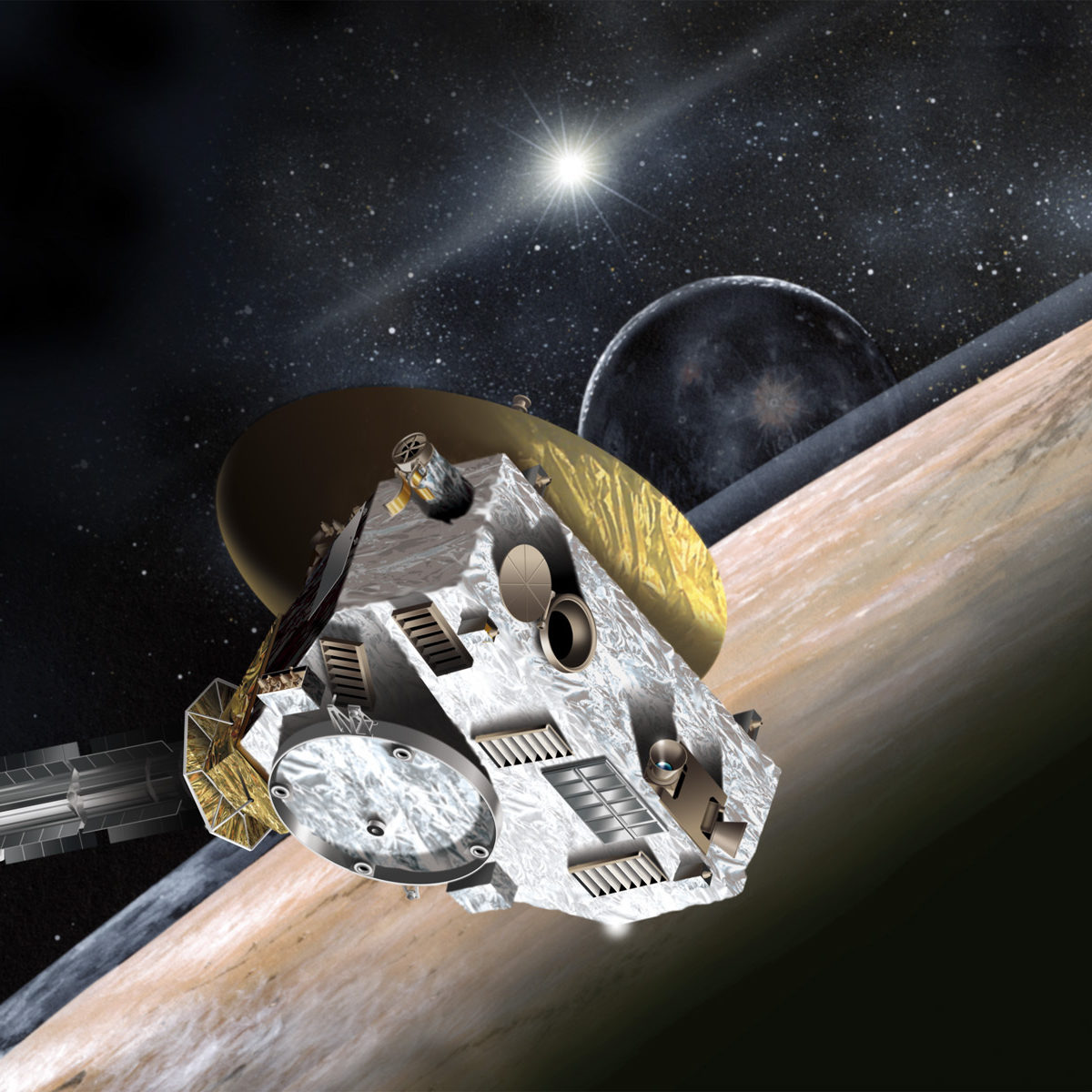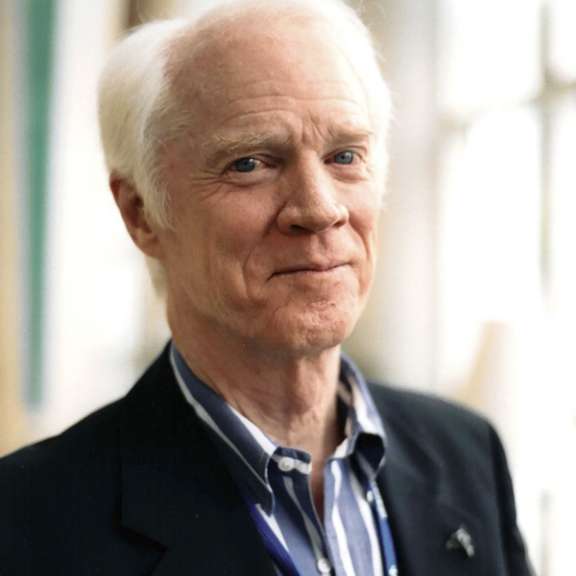All
All
Stories, updates, insights, and original analysis from The Planetary Society.
Dawn Journal: Breaking Velocity Records
The indefatigable Dawn spacecraft is continuing its extraordinary interplanetary flight on behalf of inquisitive creatures on distant Earth. Progressing ever farther from Vesta, the rocky and rugged world it so recently explored, the ship is making good progress toward its second port of call, dwarf planet Ceres.
Planetary Radio: Don't Step in That Puddle!
The Planetary Science Institute's Amanda Hendrix is the guest for our July 1 episode. She finds water in the least likely places, including Luna.
Worlds in Collision
Meet some worlds that were nearly shattered, literally.
How radar really works: The steps involved before getting an image
Arecibo Observatory is known for its 1000-foot diameter telescope and its appearances in Goldeneye and Contact. Aside from battling Bond villains and driving red diesel Jeeps around the telescope (grousing at the site director about the funding status of projects is optional), several hundred hours a year of telescope time at Arecibo go toward radar studies of asteroids.
Dawn Journal: Thrusting to a new personal best
Traveling from one alien world to another, Dawn is reliably powering its way through the main asteroid belt with its ion propulsion system. Vesta falls farther and farther behind as the spacecraft gently and patiently reshapes its orbit around the sun, aiming for a 2015 rendezvous with dwarf planet Ceres.
Say "hi!" to asteroid -- actually, asteroids -- (285263) 1998 QE2
A large asteroid is passing reasonably close to Earth in a few hours, and astronomers at the great radio telescopes at Goldstone and Arecibo are zapping it. The latest discovery: QE2, like many asteroids, is a binary.
Asteroids – what you can do
Partnering with our friends from The Planetary Society, the Space Generation Advisory Council (SGAC), whose members hail from all over the globe, is bringing you an update on our activities and something you can join in on—at least if you are a student or young professional aged 18–35.
New Horizons: Encounter Planning Accelerates
Back in 2005 and 2006, when Pluto’s second and third moons (Nix and Hydra) were discovered, searches by astronomers for still more moons didn’t reveal any. So the accidental discovery of Pluto’s fourth moon by the Hubble Space Telescope in mid-2011 raised the possibility that the hazards in the Pluto system might be greater than previously anticipated.
ISIS: Blasting a Crater on Asteroid Bennu
An exciting new option to enhance NASA's OSIRIS-REx asteroid mission has been proposed by Steve Chesley at JPL. The ISIS spacecraft would impact asteroid Bennu to expose its interior structure to OSIRIS-REx.
Saving the Planet can be Exciting!
Planetary Radio for the week of May 6 visits the Planetary Defense Conference one last time to join a
New Deep Impact Hartley 2 data set
Just messing around with a recently released processed version of the Deep Impact Hartley 2 data set.
Dawn Journal: A low-orbit shortcut to Ceres
Marc Rayman's latest Dawn Journal explains why Dawn is currently closer to the Sun than both Ceres and Vesta.
Pluto's seasons and what New Horizons may find when it passes by
New Horizons might see a Pluto with a northern polar cap, a southern polar cap, or both caps, according to work by Leslie Young.
That Asteroid Has a Name: Bennu!
9-year-old Mike Puzio of North Carolina submitted the winning name for the asteroid target of NASA's OSIRIS-REx spacecraft. The Planetary Society, MIT's Lincoln Laboratory, and the University of Arizona asked students around the world to suggest names.
We have a winner! The OSIRIS-REx asteroid's name is: Bennu!
We received more than 8000 entries from all over the world in the Name That Asteroid contest, and we can finally announce the winner. The asteroid formerly known as 1999 RQ36 is now formally named (101955) Bennu, for a heron associated with the Egyptian god Osiris.
2011 HM102: A new companion for Neptune
This month my latest paper made it to print in the Astronomical Journal. It's a short piece that describes a serendipitous discovery that my collaborators and I made while searching for a distant Kuiper Belt Object for the New Horizons spacecraft to visit after its 2015 Pluto flyby.
Name that Asteroid! Finalists and Semifinalists
Semifinalists ranged in age from 5 to 17 and came from the USA, Brazil, France, India, Italy, the Netherlands, and Turkey.
An Amazing Evening for Planetary Defense
Bill Nye, Bruce Betts, Mat Kaplan, Meteorite Man Geoffrey Notkin and stars of planetary science at the Planetary Defense Conference public event in Flagstaff.
First Analysis: the NASA Planetary Science Budget for 2014
No mission to Europa, diminished funding for outer planets missions, a small bump to small spacecraft missions, and an increase for asteroid detection are part of the White House's proposal for NASA in 2014.


 Explore Worlds
Explore Worlds Find Life
Find Life Defend Earth
Defend Earth


 Sun
Sun Mercury
Mercury Venus
Venus Earth
Earth Mars
Mars Jupiter
Jupiter Saturn
Saturn Uranus
Uranus Neptune
Neptune Small Bodies
Small Bodies
















